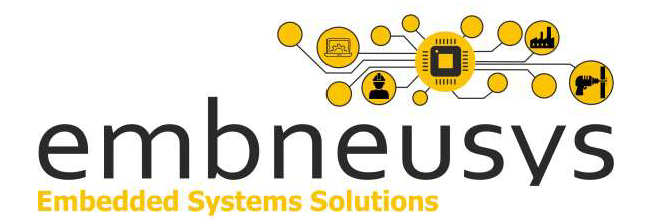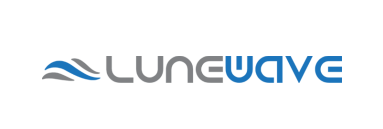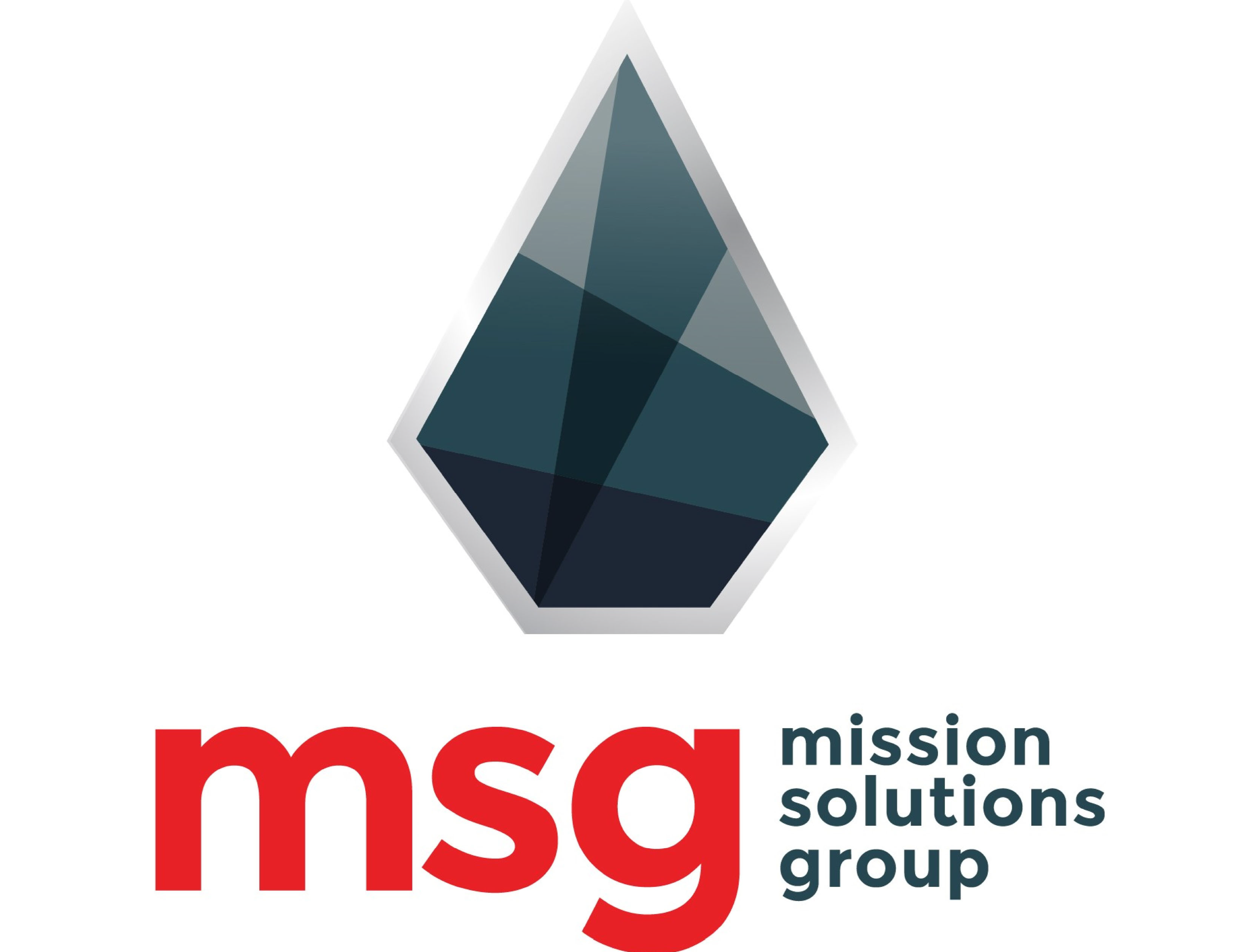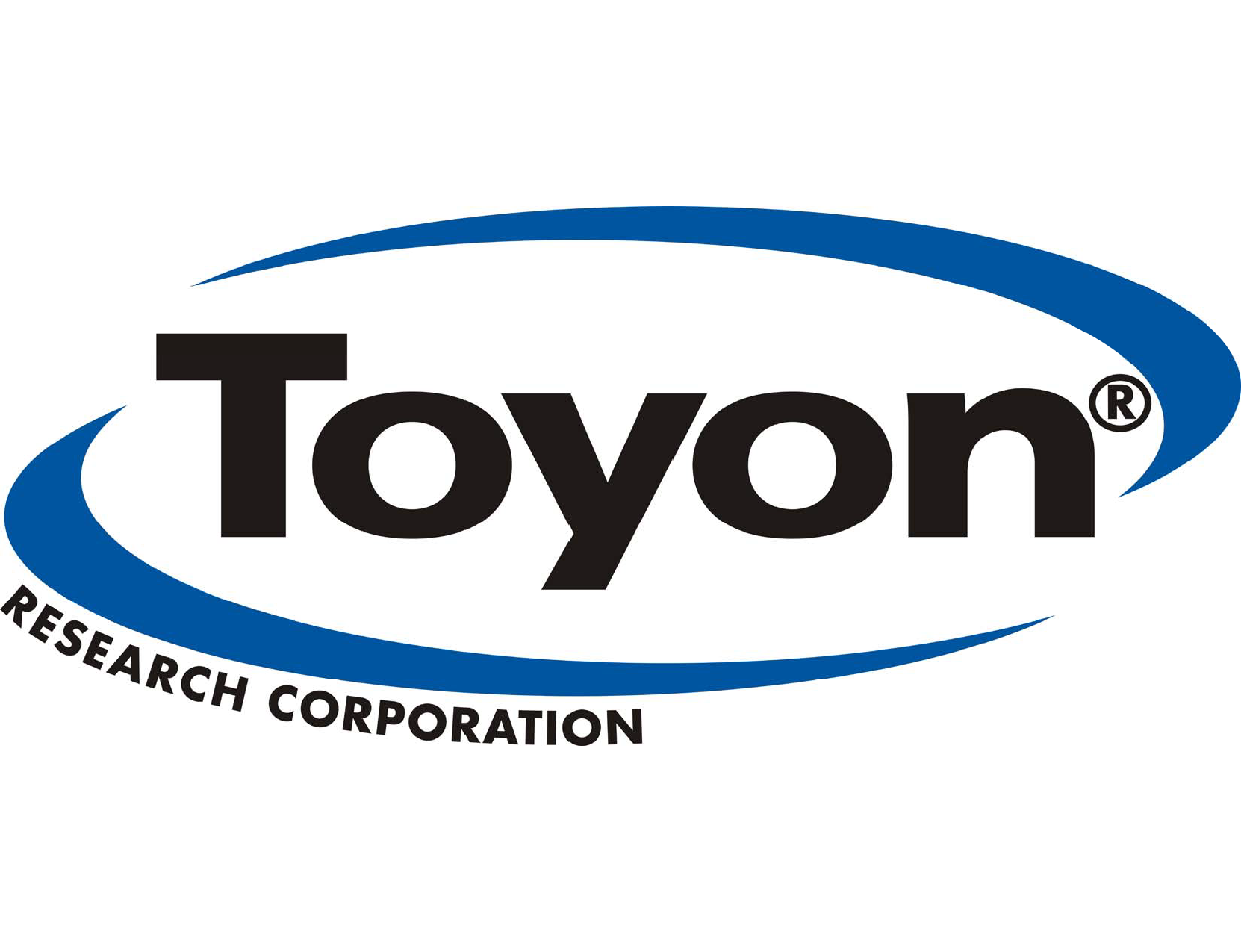













The U.S. Army would like to invite interested entities to participate in the xTechDetect competition. xTechDetect is a forum to engage with the Army, earn prize money and provide potential funding opportunities to tackle Army challenges within the counter-improvised explosive device (C-IED) space.
The U.S. Army Combat Capabilities Development Command (DEVCOM), the DEVCOM Forward Elements (DFE Americas, Atlantic, Pacific) and the U.S. Office of Naval Research Global (ONR-G) have partnered with the Assistant Secretary of the Army (Acquisition, Logistics, and Technology) (ASA(ALT)) to deliver the xTechDetect competition. The Army recognizes that the U.S. Department of Defense (DOD) must enhance engagements with eligible businesses by (1) understanding the spectrum of ‘world-class’ technologies being developed commercially that may benefit the DOD, (2) integrating the sector of commercial innovators into the DOD Science and Technology (S&T) ecosystems, and (3) providing mentorship and expertise to accelerate, mature, and transition technologies of interest to the DOD.
Problem Statements
Topic 1: Position Tracking on Small Unmanned Aerial Systems (sUAS)
Challenge: The U.S. Army is looking for a modular, lightweight, high fidelity position tracking capability to record the location and orientation of small unmanned aerial systems (UAS). The position tracking solution must provide accuracy on the order of centimeters and must not rely on differential Global Positioning Systems (dGPS). Absolute position is not required, rather relative position can be expressed in local coordinates. The position tracking solution may be supplemented using existing capabilities of the host platform, and drift in position data must be defined, computed, and minimized to the extent possible. The use of low-SWaP (size, weight, and power) components is ideal. Tracking solutions may or may not be low-SWaP at this time but a clear path must be defined for achieving SWaP constraints.
Topic 2: Low-Cost Millimeter Wave Imager
Challenge: Millimeter wave imaging is often used as a tool for detecting potential threats such as improvised explosive devices. Current millimeter wave imaging solutions are too large and expensive for wide-spread use. Therefore, the U.S. Army is looking for millimeter wave imagers that could be developed at a lower cost and with a smaller form factor than the leading commercially available systems.
Topic 3: Autonomous Sensor Orchestration
Challenge: The U.S. Army is looking to develop an intelligent system where Counter Improvised Explosive Device (C-IED) sensors and systems can orchestrate autonomously to communicate and coordinate their actions. The goal of this system is to reduce latency and bandwidth while improving reliability and increasing safety. The U.S. Army is interested in novel or improved software frameworks which can automate some or all of the following tasks: process sensor data and terrain maps to recommend optimal configurations and locations for sensors, identify likely dead zones of coverage, choose and cue other available sensors based on explosive detections, and suggest potential countermeasures for the convoy or other assets to be protected during C-IED missions.


Mar 31, 2022 - Apr 29, 2022

Up to 12 finalists

$10K/each


Jul 26, 2022 - Jul 27, 2022

Up to 3 winners

1st Place: $70K. 2nd Place: $50K. 3rd Place: $30K.


-




-


Eligible entities include nonprofit organizations, for-profit organizations (i.e., large and small businesses), institutions of higher educations and foreign organizations. Participating entities must have or be able to obtain a CAGE code if selected to advance in the competition. Instructions on how to obtain a CAGE code can be found on the xTechDetect registration page.
As A U.S. Federal Government organization, a foreign government entity or an entity that employs a U.S. Federal employee acting within the scope of their employment are not eligible.
